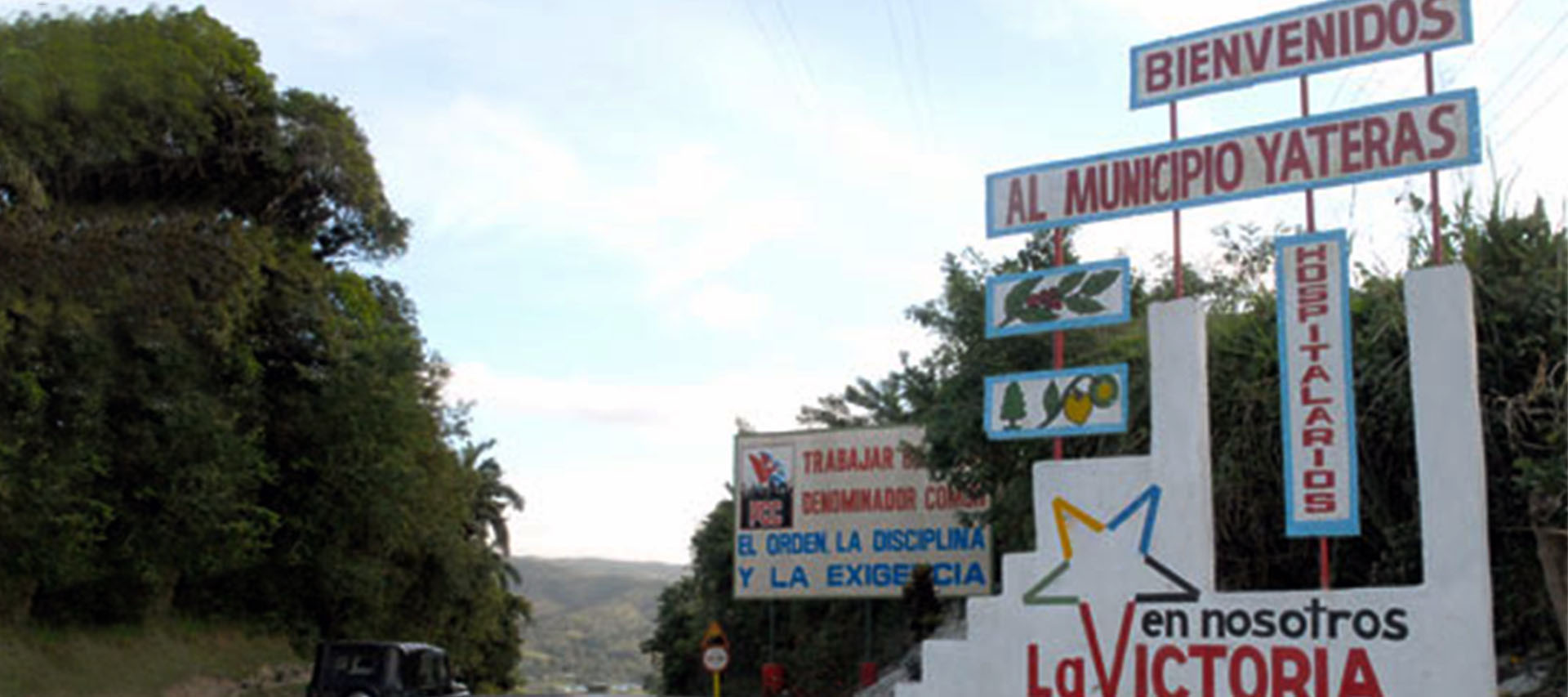 Different aboriginal descendants are present in the Yateras territory. Numerous investigations have been carried out that have demonstrated the veracity of the above approach by historians, geographers, speleologists and numerous researchers who have dedicated themselves to studying this topic. In 1901 the American researcher Slewar Culin made a tour in which he found that there was a large presence of Aboriginal descendants in this municipality (currently part of this area belongs to the Manuel Tames municipality (Charity of the Indians).
Different aboriginal descendants are present in the Yateras territory. Numerous investigations have been carried out that have demonstrated the veracity of the above approach by historians, geographers, speleologists and numerous researchers who have dedicated themselves to studying this topic. In 1901 the American researcher Slewar Culin made a tour in which he found that there was a large presence of Aboriginal descendants in this municipality (currently part of this area belongs to the Manuel Tames municipality (Charity of the Indians).
This This statement is valid since in this territory a large number of people have the following characteristics: black hair, mild, of medium complexion, short limbs, aquiline nose and bulging cheekbones, their families are very numerous and in some cases three generations have been seen.
The caver Iran Valdes, in the 1940s made a visit to this area and in his testimonies stated that there are about 300 or 400 Indians descended from pure Indians who did not have relations with anyone and avoided dealing with others .
The most recent investigations have shown that the Ramírez de Yateras do not come from Indians brought from Santo_Domingo by the colonizers, although we must clarify that they are Indians descended from the same trunk, spread throughout other territories in the area. It has also been verified that the Indians descendants of the Rojas and Ramírez are themselves from the Taínos.
From the historical point of view, important data has been obtained that confirmed the existence of Indian descendants in the Eastern region of Cuba, mainly in the Yateras area and in the current Manuel Tames municipality.
We owe the scientist Spanish Miguel Rodríguez Ferrer, who in 1847 toured large areas of the island and gave us one of the first references to the survival of descendants of aborigines in the Yateras and Manuel Tames area. This researcher, after making a tour through the mountains of the East from El Yunque de Baracoa in the direction of what is now Guantánamo, arrived at a closed valley that has been known since then with the current name of San Andrés.
He found in this place a descendant of the aboriginal race that belonged to this country and due to his great lack of communication it has been the purest that he can discover and observe on his journey through this island, in the four points that he found men with this characteristic.
Dr. Pichardo Moya, without having the elements that exist today, understood this problem very well and analyzed it because of the isolation in which certain eastern regions remained, which served to keep intact these groups to which it is made. reference. Pichardo referred to these problems in the following way: it is a fact that apart from those officially called Indian towns in which they collect the scattered meek as bees, Guanabacoa, El Caney, Yateras and other parts of the aboriginal groups that lived in the Spanish Villas .
